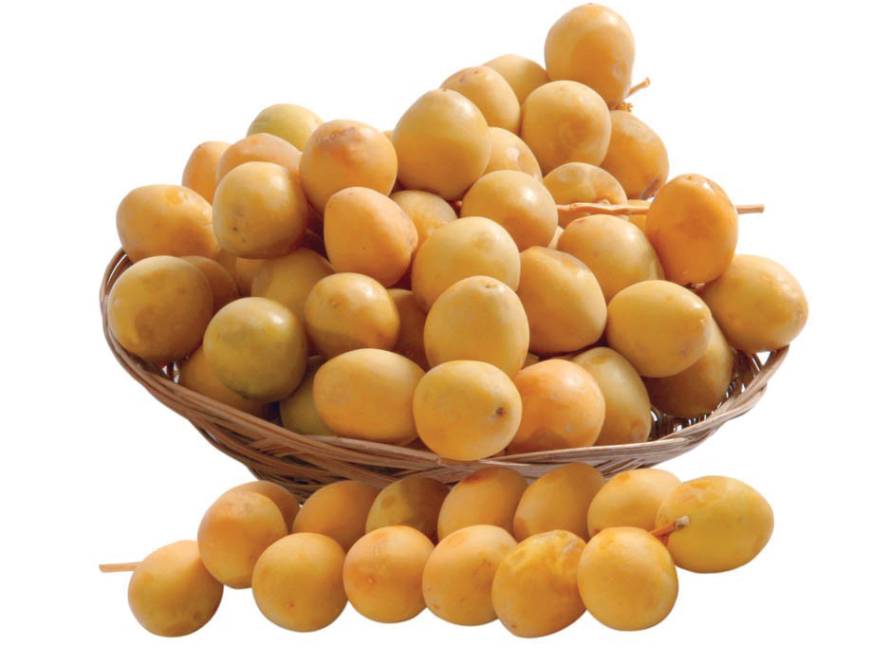I had promised to explain the contents of the potato seed certification label that is printed on the seed bag, how to interpret the information, and how to relate it to the best quality seeds for the same variety.
First,
Egypt imports seeds from four countries (approximately between 120,000 to 150,000 tons) annually, with most of the seeds coming from the Netherlands, along with Denmark, France, and Scotland. Each country has its own certification body for seed testing and approval. Over several posts, I will discuss each of these four countries, including their certification bodies: NAK in the Netherlands, SASA in Scotland, Danish Agrifish Agency in Denmark. A small quantity also comes from Germany, Belgium, and Luxembourg.
Let’s begin with the Netherlands, where the “NAK” (Dutch Seed Certification Service) oversees seed certification:
Potatoes are an important crop in the Netherlands, with approximately 150,000 hectares (370,000 acres) of land planted annually. Egypt, for comparison, plants more than 400,000 acres. Of that, 35,000 to 38,000 hectares (85,000 to 100,000 acres) are dedicated to seed potatoes. The Netherlands supplies seed potatoes to almost every country in the world and puts significant effort into research, quality control, and developing a strong selection of superior varieties. Around 1,500 certified farmers produce about one million tons of certified seed annually from 300 approved varieties.
The Dutch Seed Certification Service (NAK) is responsible for inspecting, evaluating, and certifying the Dutch seed potatoes.
Seed Classification During Production by Rank:
- Basic Seed: Classes S, SE, and E: Sixth and seventh generation basic seeds.
- Certified Seed: Classes A and B: Certified seed (These classes are no longer imported).
The seeds we import fall under E class (break in the seventh generation of basic seeds) and sometimes SE. What does this mean according to European Union classifications and the NAK standards?
NAK inspects seed potato fields three times during the growing season, the first inspection occurring in May to ensure purity of variety, proper tools and inputs, and to check for diseases and pests.
The following standards apply:
- There should be no more than 0.01% incidence of leaf curl virus or mosaic.
- Zero presence of soft rot (Dickeya), black leg, brown rot, or ring rot.
- There should be no dry rot, and contamination with other varieties is permitted only at a rate of 0.025% (meaning no more than 3-5 tubers per ton).
How to read the certification label (the white card on the seed bag):
Refer to the illustrative numbers on the attached card (the red circles):
- Seed Rank: We import only basic seed (6th and 7th generation E7 & SE). The ranks A & C have been discontinued for import.
- Certification Type: White (for basic seed) or blue (for certified seed).
- Seed Type (Species): Potato.
- Variety Name: The specific variety name.
- Grower Registration Number: Number under which the grower is registered with the NAK.
- Date of Certification: The certification date.
- Country of Origin: The country where the potatoes were grown.
- Seed Size (mm): Grading in millimeters; sizes between 28/55 mm are preferred.
- Year of Production: The year the seed was produced.
- Production Area (Map): A map of the production area in the Netherlands. The shaded area in black indicates the production zone. It is preferable to choose seeds from the northern regions, such as the Friesland and Groningen areas, which are cooler and less prone to aphids and bacterial diseases.
Additional details include:
- Certificate Number: The unique certificate number.
- Packaging Unit Code: Code for the packaging unit.
- Harmful Organism Compliance Code: Code confirming the seed meets the requirements for harmful organisms in protected zones.
- EU Phytosanitary Compliance Code: Code confirming the seed meets EU phytosanitary standards.
- Inspection and Certification Compliance: Inspection and certification according to relevant EU directives.
Source: Dr. Mohamed Ali Fahim



